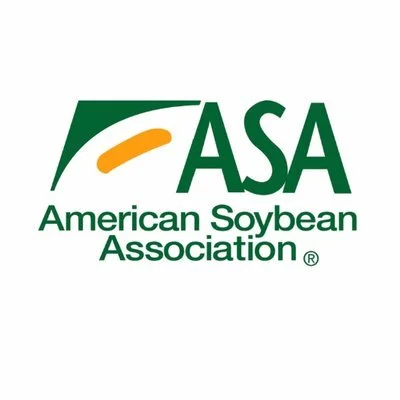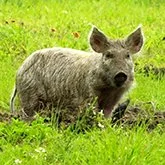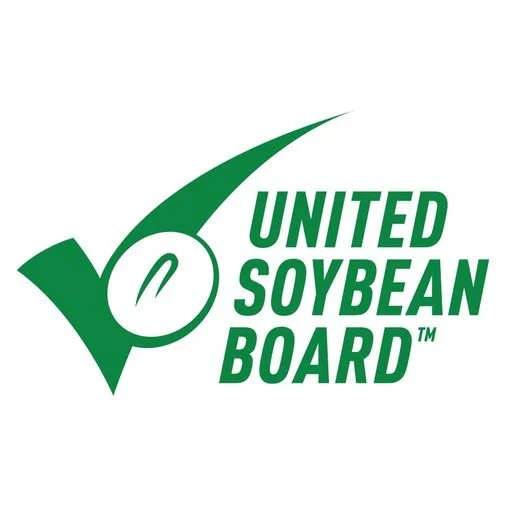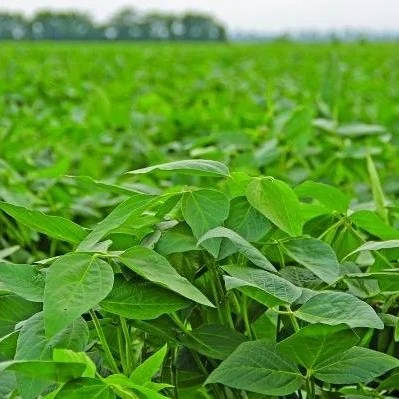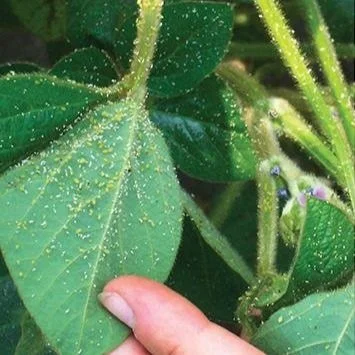The early soybean production system (ESPS) was proposed in the mid-1990s for the Southern United States. This practice consisted of growing varieties with a maturity group of III and IV and a planting date between mid-April to mid-May instead of the traditional recommendation of planting a maturity group V-VII variety between May and June, which was known as a full-season production system.
Read MoreTwo lines of commercial tires are being made with a renewable soybean oil compound as part of the soy checkoffs research investment, according to the Goodyear Tire & Rubber Company.
The Goodyear Metro Miler G152 and G652 tires for transit buses along with the popular Endurance WHA waste haul tire are now made with soybean oil, which replaces a portion of the petroleum-based materials used in their production.
Read MoreIf you’re passionate about agriculture and ready to hone your skills and network to become a leader in the industry, the American Soybean Association and Corteva Agriscience are looking for you to apply for the next class of ASA Corteva Young Leaders!
Read MoreThe U.S. Department of Agriculture (USDA) National Agricultural Statistics Service in cooperation with the USDA Animal and Plant Health Inspection Service (APHIS) - Wildlife Services, is conducting a Feral Swine Damage survey to measure the costs of feral swine damage to crop producers growing corn, soybeans, wheat, rice, peanuts, and sorghum in the states of Alabama, Arkansas, California, Florida, Georgia, Louisiana, Mississippi, Missouri, North Carolina, South Carolina, and Texas.
Read MoreGrowers are again expressing frustration over the Endangered Species Act biological evaluations released by EPA. As with the draft BEs last August, the final BEs are overly conservative and in some instances fail to use important data.
Read MoreSoy checkoff and partners supporting the Take Action program announce PEST Week Live! Join the panel of USB farmer-leaders and university research experts as they discuss the current state of pest resistance and best management practices.
Read MoreThe Louisiana State University AgCenter works with industry experts and soybean growers across the state to test plots, harvesting data for varieties on abiotic and biotic stress resistance, yield, and data necessary to make recommendations.
Read MoreThe soy checkoff and partnering organizations supporting the Take Action program will host PEST Week Live on June 16 from 9-10 a.m. CDT.
Read MoreImagine a pest that can arrive unannounced, suck your soybean plants dry and then double in numbers in two days. Behold the soybean aphid. This native of Eastern Asia can pack a heavy punch and knock the top of your soybean yields.
Adult soybean aphids are small (less than 1/16" in length), yellow- bodied insects with distinct black cornicles or “tailpipes.” They can be either winged or wingless.
Read MoreThere are symptoms of manganese (Mn) deficiency in soybean appearing in some areas. The symptom of Mn deficiency is interveinal chlorosis.
Read MoreIn any ‘normal’ crop year, replanting costs play a substantial role in estimating the additional production cost per unit (bushel). However, inflationary pressures and input price volatility observed since the fall of 2021 have cut into expected profit margins for 2022.
Read MoreMayors of the Mississippi River Cities & Towns Initiative, the Soy Transportation Coalition, and the Port of South Louisiana held a virtual press conference on May 19 to urge U.S. policymakers to promote food security issues to a higher priority.
Read MoreDuring the next several weeks, the U.S. Department of Agriculture’s National Agricultural Statistics Service (NASS) will conduct two major mid-year surveys, the June Agricultural Survey and the June Area Survey.
Read MoreThe LSU AgCenter will evaluate 118 soybean varieties in the 2022 Official Variety Trial (OVT) and 31 varieties in the 2022 Core-block on-farm demonstration plots across Louisiana to provide unbiased data to assist in soybean variety selection.
Read MoreSeveral factors can lead to a low final soybean stand. If the final population appears to be low, it is good to get an accurate estimate of the final stand count before making replant decisions.
Read More


